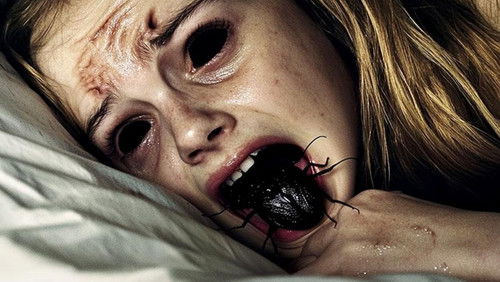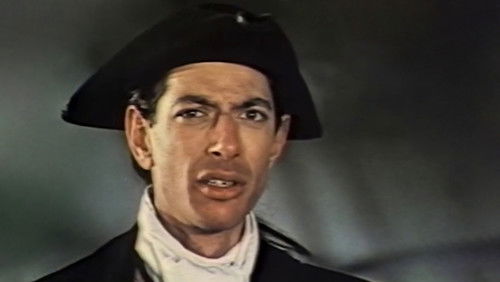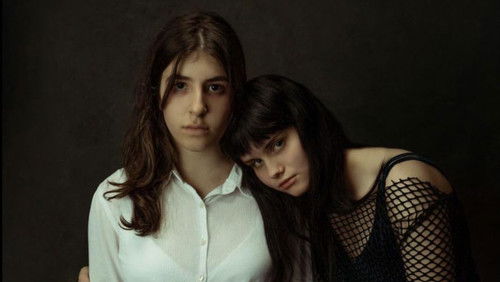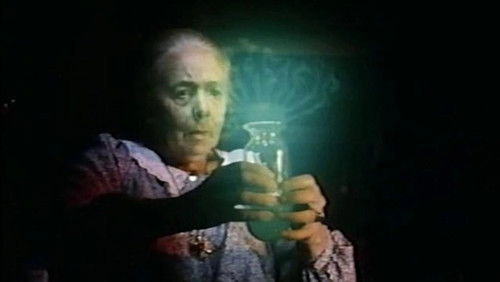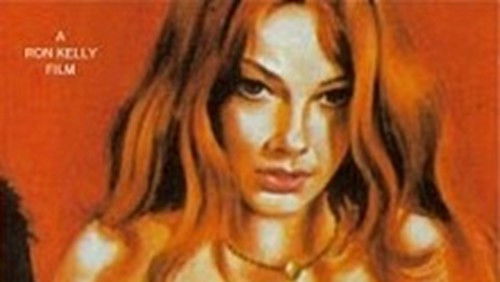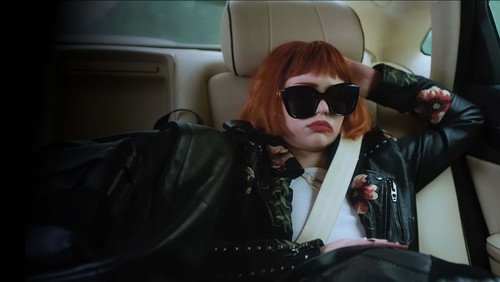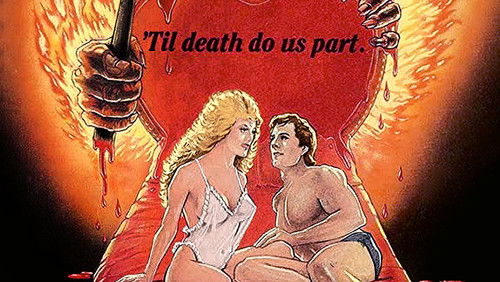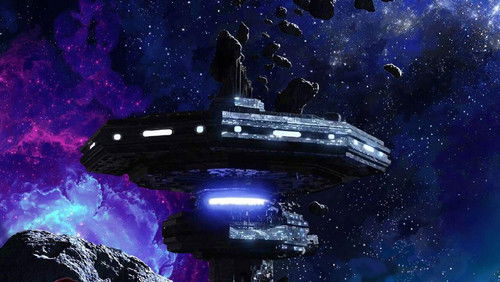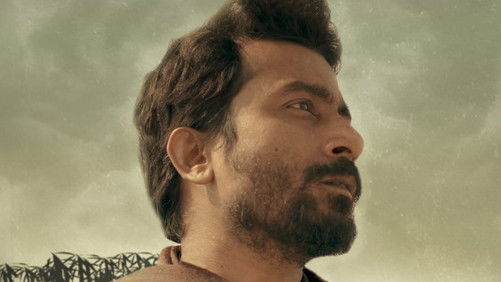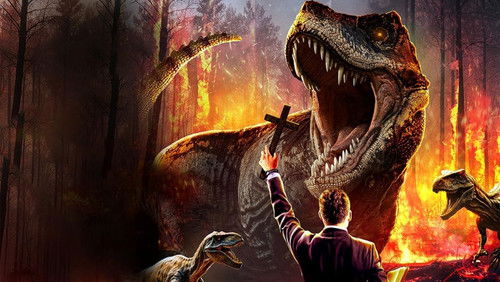Im Blutrausch des Satans (1971)
65KIm Blutrausch des Satans: Directed by Mario Bava. With Claudine Auger, Luigi Pistilli, Claudio Camaso, Anna Maria Rosati. The murder of a wealthy countess, which was erroneously deemed suicide, triggers a chain reaction of brutal killings in the surrounding bay area, as several unscrupulous characters try to take over her large estate.
“This is one of horror master Mario Bavau0026#39;s best works. More than any of his other films, this one comes closest to a non-narrative u0026quot;Ballet of Violenceu0026quot; with little regard for logic or plot line. What plot there is hovers around the struggle for control of a prime piece of seaside real estate, by the eccentric residents and a couple of outsider business people. A short but effective sub plot involves a group of kids who come to party down in a deserted house on the property. Little do they realize. . .! This is definitely the film that inspired u0026quot;Friday the 13thu0026quot; and no doubt many others of its kind.u003cbr/u003eu003cbr/u003eThis may be the most violent film ever made, if not the highest body count; no less than a dozen murders by various and often unusual means: Hanging, stabbing, decapitation, impalement (some two at a time!), choking, gunshot; quite a display of random, wholesale slaughter. While this may sound like a garden-variety slasher film; this is a prime example of the horror almost at its best, primarily due to Bavau0026#39;s excellent visual style. His camera is often prowling through the scene, in first-person and third, sometimes shifting from one to the other in the same shot; a technique pioneered by Orson Welles. In this particular film there is a slight overuse of the zoom, where he probably wanted to use a more effective dolly shot. This is probably because he had to work fast, however many of his zooms are absolutely beautiful, particularly the shots that move from the water on the lake to the house and trees in the distance. He also uses rack-focus to create a emotion within the same shot, as when the old woman looks out the window. We see her face in focus, then the camera racks to the rain drops on the window. This combined with the music creates a very deep mood of melancholia.u003cbr/u003eu003cbr/u003eThere are many great scenes in the film that display Bavau0026#39;s rich visual style and his ability to create suspense and shock. An lonely old woman sitting in her house and the brutal murder that follows, The girl swimming in the lake, the body in the boat, the prowler outside the house where the kids are screwing around, and of course, the out-of-left-field finale, one of the greatest endings in all of film.u003cbr/u003eu003cbr/u003eI also admire Bavau0026#39;s control of pacing, emotion and mood; shifting from tenderness to horror, kindness to hate, trust to deception, often in the blink of an eye. He also makes it interesting with a bizarre assortment of characters; the milquetoast entemologist and his koo koo wife, a mysterious fisherman, with whom thereu0026#39;s more than meets the eye, and those delightful children that any mother would love!u003cbr/u003eu003cbr/u003eThis genre has often been one of extremes; very bad films and some very good ones, and those are the ones from the hands of stylists like Mornau, Polanski, Freda, Romero, Argento, Franco (in some instances), and of course, Mario Bava and his son, Lamberto, and a handful of others much less prolific. u0026quot;Bay of Bloodu0026quot; is a good example of the genre in the hands of a master. This is one of my favorite Bava films, although I must concede that I donu0026#39;t think itu0026#39;s his best. As always, he makes the most of his limited resources, but this film doesnu0026#39;t quite match the ideology or scope of say, u0026quot;Black Sunday,u0026quot; u0026quot;Kill, Baby, Kill,u0026quot; or u0026quot;Beyond the Door Pt.2.u0026quot; u0026quot;Bay of Bloodu0026quot; almost, but not quite reaches the same crescendo of delirium. However, if it did, then it would be one of the greatest horror films of all time.”
